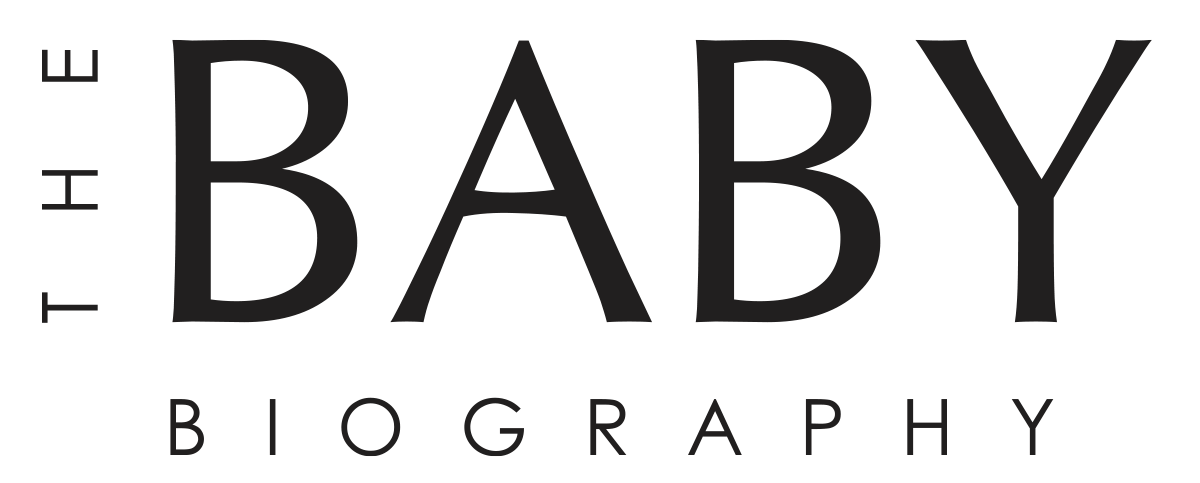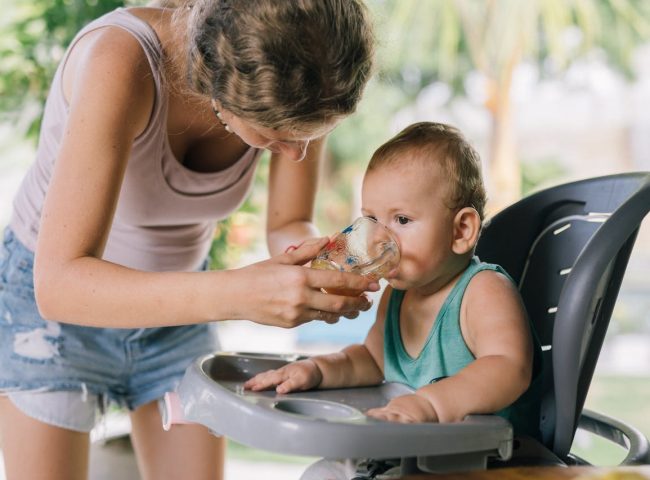What is Breast Discomfort
Breast pain (mastalgia) may be described as tenderness, throbbing, sharp, stabbing, burning pain or tightness in the breast tissue. The pain may be constant or it may occur only occasionally, and it can occur in men, women and transgender people. Breast pain can range from mild to severe.
Sore, cracked or bleeding nipples
Sore, cracked or bleeding nipples are common. Some mothers have such problems with them that they stop breastfeeding early.
As a new mother, you may find it may take a few days or weeks to adapt to the strong suck of a healthy baby on your breasts.
it is normal in your breasts to grow to be more sensitive in the first weeks after you have given birth. they may sting, burn, ache or feel soft. over time, the discomfort and sensitivity should resolve.
if you have sore nipples, it can be that your baby isn’t attaching properly to your breast. This pain usually lasts about half a minute while the baby first draws your nipple into their mouth.
try to make sure your baby’s mouth is attached correctly for suckling from the very first breastfeed.
if you no longer correct your toddler’s latch, your nipples could be damaged, which causes problems like mastitis (infections).
How to manage sore nipples
-
Before putting baby to the breast
- Wash your hands and sit down in a comfortable position and try to loosen up. apply a warm washer to the breast and gently massage or express to help milk flow. express some milk to soften the areola to lubricate the nipple.
-
At the breast
- Poor attachment is a key cause of sore nipples. make sure the way your child latches to your breast is correct. If you are not sure, ask for help from a health professional.
If the attachment feels uncomfortable after 30 seconds, break your baby’s suction by putting your finger in the corner of their mouth. Take your baby off and let them re-latch to your breast. try different feeding positions. if your nipples are tender, limit your baby’s comfort sucking.
-
After the breastfeed
- check your nipples for redness and misshapen appearance. Wipe your breasts with clean water and allow them to dry. It can help to leave your bra off for a while and allow your nipples to air. make sure your bra fits.
When expressing milk, make sure that the suction on your breast pump is not too strong. If the pain in your nipples will increase after the first week, speak to a health professional.
Finding the cause of cracked or bleeding nipples
you’ll need to work out the source of your nipple issues. the first thing to do is to check if your baby is latching on correctly. you may want to ask a health professional for assistance. They can also check your baby for problems with their lips and tongue and whether you have medical problems like dermatitis or nipple infection. if you use a nipple shield, make sure it is the correct size and if you’re using a breast pump, make sure you’re doing it properly.
How to treat cracked or bleeding nipples
There are a number of things you can do to treat cracked or bleeding nipples.
- look after your nipples: wash your nipples with water after every feed and clean and sterilize your nipple shield after each feed.
- If you can, continue breastfeeding (it is quite safe for a baby to feed on a bleeding nipple). However, if it’s too painful, you may need to take your baby off the breast for 24 to 48 hours, rest the nipple and feed your baby expressed breast milk. gradually reintroduce the breast after resting for a short time and take special care with positioning and attachment.
- If you’re going to take pain-relieving medication, talk to your doctor or pharmacist. Many household remedies are ineffective or harmful.
The Australian Breastfeeding association has more tips on treating sore or cracked nipples.







